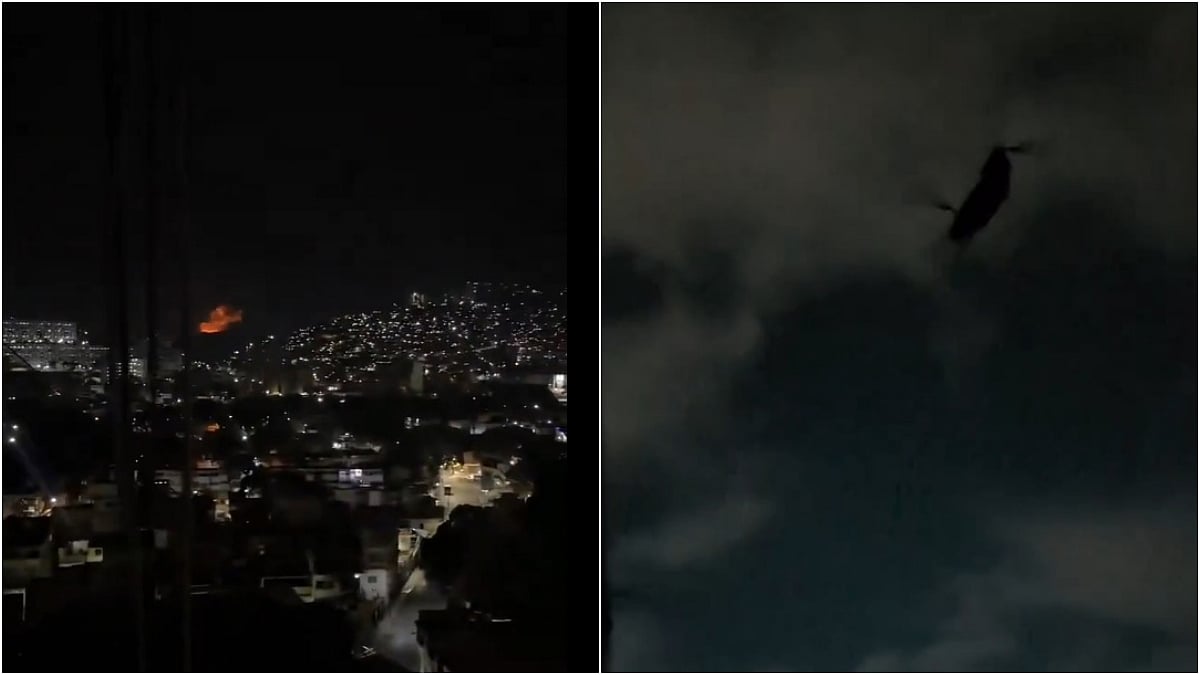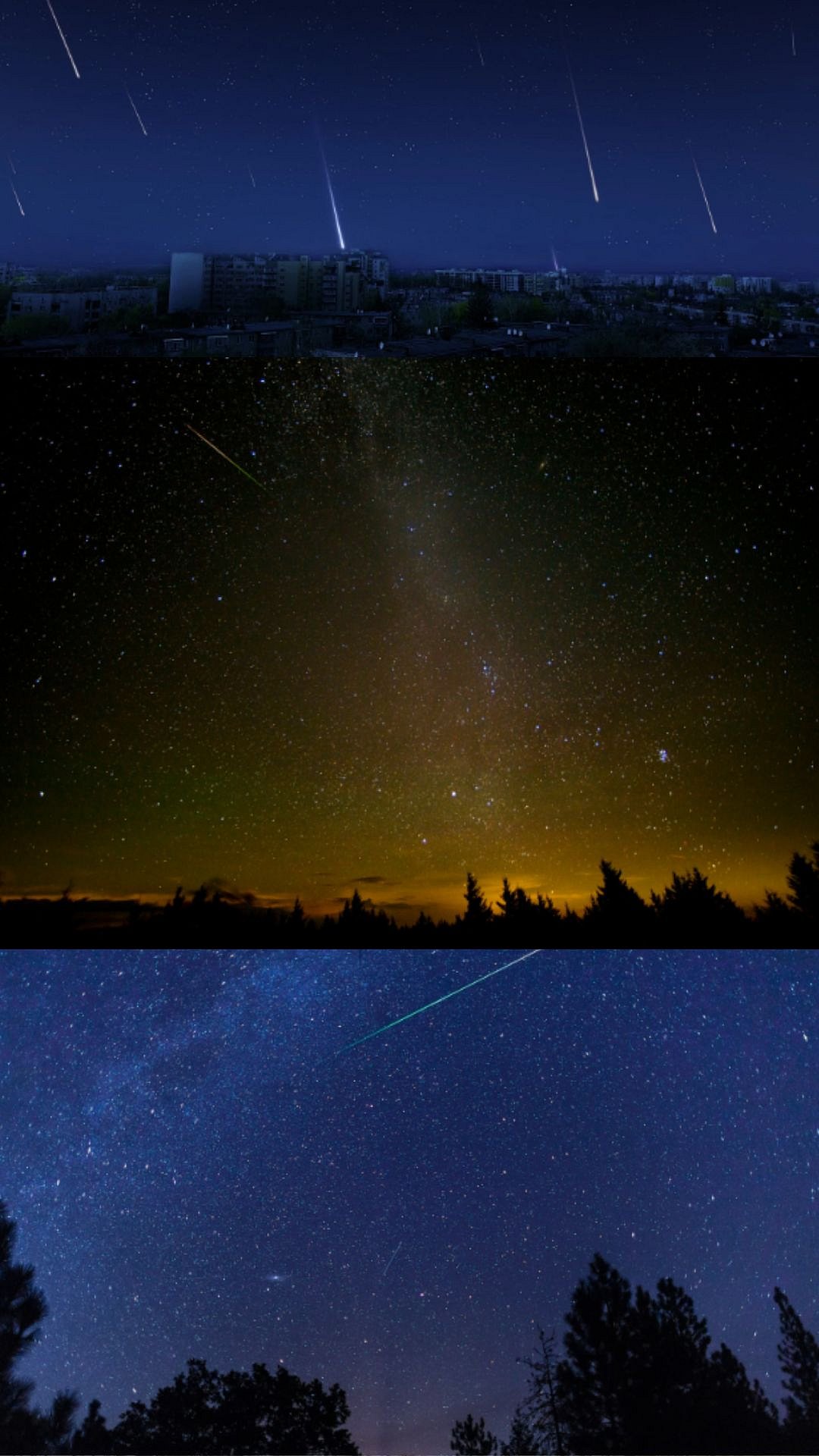The NASA Solar and Heliospheric Observatory (SOHO) located a coronal mass ejection (CME) that appeared to be heading towards Earth on the weekend. According to the early estimation, it is still being determined whether the strike would be direct or indirect; however, it could reach Earth late on Saturday or Sunday.
CME to strike the Earth today
In the early hours today, NASA put the data through its prediction algorithm, and we know what is coming. The CME is anticipated to strike the Earth today, November 12. It is also predicted to be a head-on impact, with the solar storm reaching G2-class intensity.
Space weather physicist and solar storm enthusiast Tamitha Skov took to X and said, "A #Solarstorm Encore: A new direct hit is on the way! If the storm moves quickly, NOAA and NASA models predict an impact by November 12 (late November 11). Although not as powerful as the last storm, this one has the potential to reach G2-levels and bring #aurora to the mid-latitudes."
Powerful solar storm to cause auroras
It should be highlighted that despite the NASA model's revelation, things can alter anytime. This is due to our technology's limitations, and the accuracy of these forecasts may only sometimes be great.
A G2-class geomagnetic storm is likely to strike the Earth as of now. Such intensity can cause auroras in high to mid-latitude locations. Short-wave radio frequencies are also vulnerable to disruption, harming drone pilots, seafarers, aviators, and emergency personnel.
GOES-16 satellite
GOES-16, formerly known as GOES-R before reaching geostationary orbit, is the first of NASA and NOAA's (National Oceanic and Atmospheric Administration) GOES-R series of Geostationary Operational Environmental Satellites. It was launched on November 19, 2016, and it began its operation on December 18, 2017.
GOES-16 is a geostationary satellite in orbit over the Atlantic Ocean that delivers constant pictures and atmospheric observations of the Earth's Western Hemisphere. It also has a lightning mapper that can identify cloud-to-cloud and cloud-to-ground lightning. GOES-16 is a critical tool for weather forecasting, climate monitoring, space weather prediction, and predicting severe storms.










